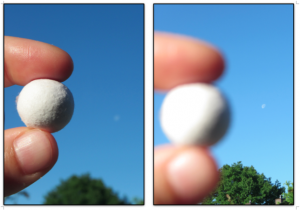
The sun lights objects on Earth from the exact same direction as it lights the moon, and some wave watching
The sun lights objects on Earth from the exact same direction as it lights the moon (see a thought experiment on that here). So far so not surprising, at least…

